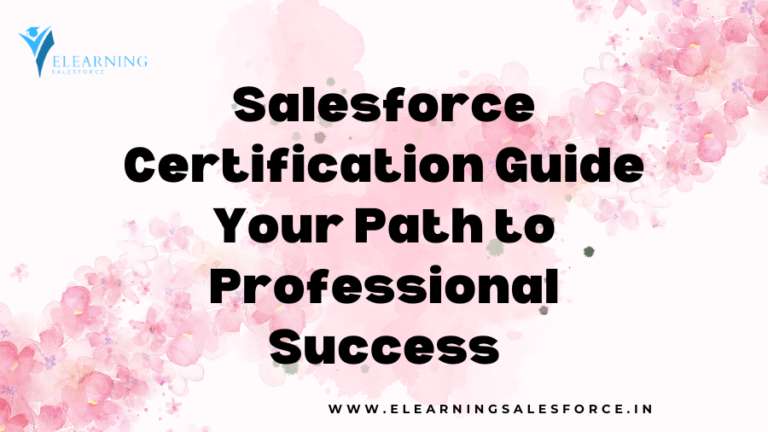Introduction: In the rapidly evolving world of B2B commerce, staying ahead of the curve is essential for businesses aiming to thrive in the digital marketplace. Salesforce, a leading customer relationship management (CRM) platform, has become a game-changer for B2B commerce with its robust set of tools and features. In this blog post, we will explore some of the best practices for Salesforce B2B Commerce, helping businesses optimize their operations and elevate the customer experience.
1. Create a Seamless Omnichannel Experience:
- Unified Customer Journey: Implement Salesforce B2B Commerce to deliver a seamless experience across various channels, including web, mobile, and social.
- Consistent Branding: Ensure consistent branding and messaging across all touchpoints to reinforce a unified brand identity.
2. Optimize Product Information Management (PIM):
- Centralized Product Data: Utilize Salesforce B2B Commerce to manage product information centrally, ensuring accuracy and consistency across all channels.
- Rich Product Content: Enhance product pages with rich content, including high-quality images, detailed descriptions, and specifications to assist buyers in making informed decisions.
3. Implement Account-Based Marketing (ABM):
- Personalized Marketing Strategies: Leverage Salesforce’s account-based marketing capabilities to tailor marketing efforts to specific B2B accounts.
- Targeted Campaigns: Design targeted campaigns that resonate with the unique needs and challenges of each account, increasing engagement and conversion rates.
4. Streamline Quoting and Ordering Processes:
- Efficient Quoting: Use Salesforce B2B Commerce to streamline the quoting process, making it quick and user-friendly for both customers and sales teams.
- Automated Ordering: Implement automation features to simplify and speed up the ordering process, reducing friction and enhancing the overall customer experience.
5. Enable Self-Service Options:
- Customer Portals: Empower B2B buyers with self-service options through customer portals, allowing them to track orders, view invoices, and manage their accounts independently.
- User-Friendly Interface: Ensure that the self-service interface is intuitive and user-friendly, catering to the needs of diverse B2B customers.
6. Integrate with ERP Systems:
- Real-Time Data Sync: Integrate Salesforce B2B Commerce with ERP systems to enable real-time data synchronization between the front-end and back-end systems.
- Accurate Inventory Management: This integration ensures accurate inventory management, preventing issues such as overselling and improving order fulfillment efficiency.
7. Implement Robust Security Measures:
- Data Encryption: Prioritize data security by implementing encryption measures to protect sensitive customer information and transactional data.
- User Authentication: Implement multi-factor authentication and other advanced user authentication methods to ensure secure access to the platform.
8. Invest in Analytics and Reporting:
- Data-Driven Decision-Making: Leverage Salesforce Analytics to gain insights into customer behavior, sales performance, and overall B2B commerce trends.
- Regular Reporting: Regularly generate reports and analyze key metrics to identify areas for improvement and refine your B2B commerce strategy.
9. Mobile Optimization:
- Responsive Design: Ensure that your B2B commerce platform is optimized for mobile devices, providing a seamless and responsive experience for users on smartphones and tablets.
- Mobile App Integration: Explore integrating mobile apps with Salesforce B2B Commerce to enhance accessibility and user engagement.
10. Continuous Training and Support:
- Ongoing Training Programs: Provide continuous training for users, including sales teams and administrators, to ensure that they are well-versed in utilizing the full potential of Salesforce B2B Commerce.
- Responsive Support: Establish a responsive support system to address user queries promptly and efficiently, fostering a positive user experience.
Conclusion:
Salesforce B2B Commerce has emerged as a powerhouse for businesses navigating the complexities of B2B transactions in the digital age. By adopting these best practices, organizations can unlock the full potential of Salesforce B2B Commerce, driving operational efficiency, enhancing customer satisfaction, and positioning themselves for sustained success in the competitive B2B landscape. As businesses continue to evolve, those embracing these best practices are better equipped to meet the ever-changing demands of the digital B2B commerce ecosystem.




